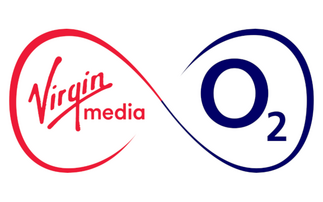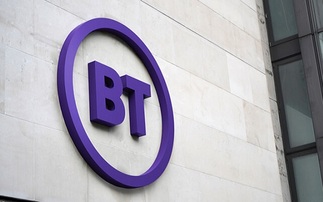Advances promise cheaper calls over Wi-Fi and easier access to data apps on the move
Generic Access Network (GAN) technology, the new name for Unlicensed Mobile Access (UMA) since its approval by the 3rd Generation Partnership Project (3GPP), is a godsend for operators, say experts...
To continue reading this article...
Join Computing
- Unlimited access to real-time news, analysis and opinion from the technology industry
- Receive important and breaking news in our daily newsletter
- Be the first to hear about our events and awards programmes
- Join live member only interviews with IT leaders at the ‘IT Lounge’; your chance to ask your burning tech questions and have them answered
- Access to the Computing Delta hub providing market intelligence and research
- Receive our members-only newsletter with exclusive opinion pieces from senior IT Leaders



















